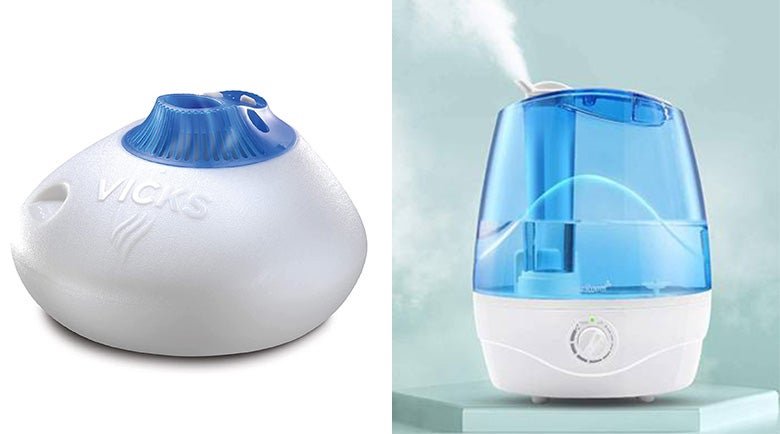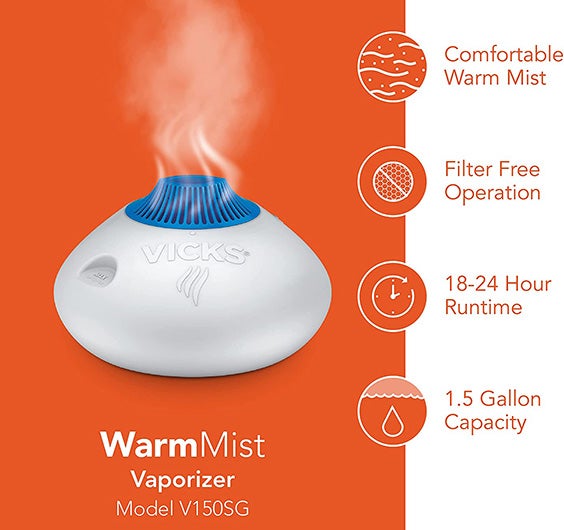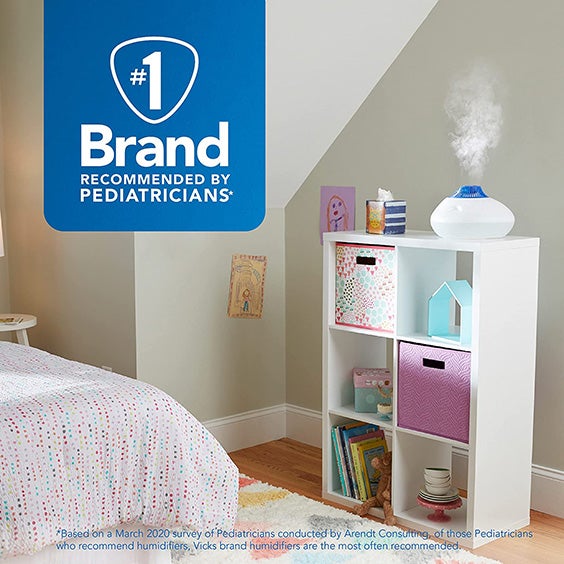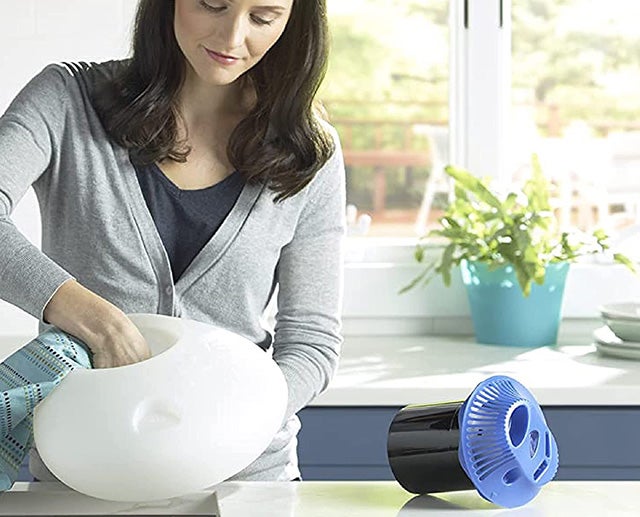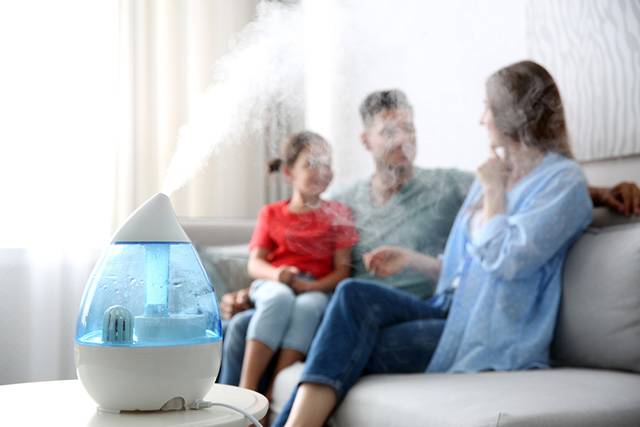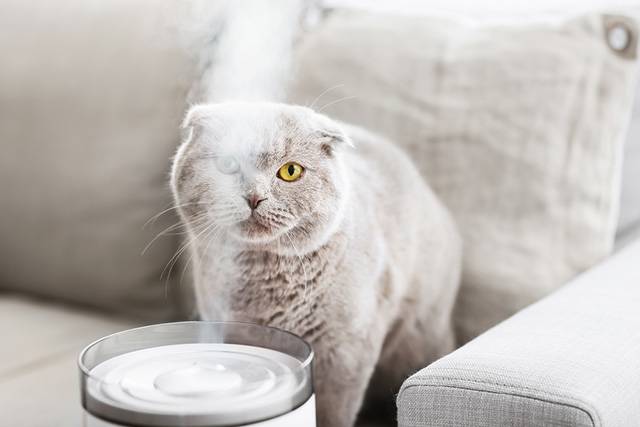Adding moisture to your environment isn’t too difficult to do with the correct product. Humidifiers and vaporizers can help with a variety of ailments, such as arid, dry condition- as well as allergies and respiratory illnesses. They offer quite a few benefits towards creating a healthier space to be within as well, which is why you may want to consider adding one to your living spaces.
If you are looking for breathing relief, are tired of staticky floors and sheets, and are done slathering on lotion to combat dry skin- take a look at the differences between a vaporizer and humidifier to determine which may be the best choice for you.
Vaporizers
Another name for a vaporizer is a steam, or warm mist humidifier. These use a heating element to boil water and create steam, which is then released into the surrounding environment They don’t use a fan, but rather depend on the pressure caused by the steam for release, thus making it a quieter unit to run compared to a cool mist humidifier. However, this also means it doesn’t cover as much square footage, and is more designed for direct use.
This design makes it conducive for use with inhaled medicines and vapor-designed medication, both prescribed and over the counter.
| Pros | Cons |
|
|
— Benefits
Vaporizers work to help with dryness relief, and provide moisture that is beneficial to both your skin as well as your nasal passages. The heat generated from these units are also conducive for killing off bacterias and viruses that may be circulating in the air. And their use with medications, or even essential oils, works to soothe and heal, and can alleviate asthma, bronchitis, sore throats, and even snoring issues.
Plus, they are quiet to run, making them a favorite with easily disturbed sleepers. And with any unit that adds humidity, it can be beneficial to youth houseplants, as well as wooden furniture since the added moisture helps combat dryness. The heat from these are also great to help warm up smaller spaces in cold weather.
— Concerns
The internal workings of a vaporizer is hot enough to make water boil. Even though the escaped steam is a comfortable temperature, inside it can be dangerous to touch and if the unit tips over it can cause burns. This makes it a more dangerous option for those with children and pets, and you want to look for low profile units that are protective in their design and do not easily tip.
They also do not cover a large area of a room, and are more specific to bedside use, or small spaces.
Overall they are more costly compared to cool mist humidifiers. They cost more to purchase, and they draw more energy due to the heating element- making them more costly to run as well. They do need to be cleaned regularly as well, and can build up with residue and hard water minerals due to the heating process, and it is highly recommended you use distilled water. Care needs to be taken with cleaning due to heating elements.
Humidifiers
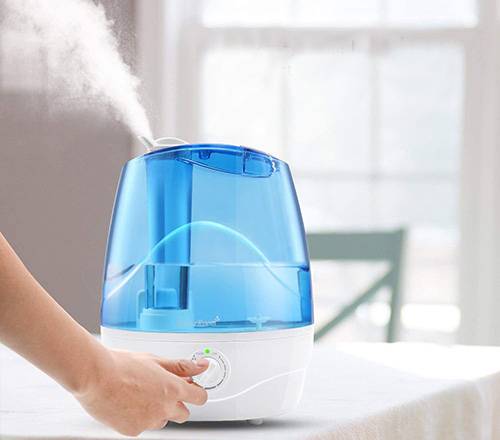
Cool mist units are evaporative in nature, and use a filter or wick to draw water for release into a room via a fan. The other type of cool mist unit is an ultrasonic choice that utilizes a vibration plate to help create microscopic water droplets that are then blown into a room via a fan.
| Pros | Cons |
|
|
— Benefits
The benefit of any humidifier, as explained above, is the moisture it adds to the air. Warm mist choices are a bit more beneficial concerning bacteria and virus eradication, and you are able to better take advantage of medicines that help with breathing.
Cool mist humidifiers can cover a large area than warm mist units since they utilize a fan to help distribute moisture. Larger bedrooms benefit from these, and do smaller spaces due to the higher concentration of humidity. This can be extremely helpful in arid climates.
Cool mist models are also a great choice when you have children or pets in the household since a spill will not create burns. Many also allow essential oil diffusion so you aren’t losing the ability to introduce other helpful products to your environment. Warm mist choices are still the best for illnesses however since vaporizers can be added.
— Concerns
Obviously, the concerns surrounding warm mist humidifiers are the same as mentioned above, but cool mist humidifiers also have a few things to watch out for. For example, since they distribute water droplets using a fan, some can be a bit noisy and disruptive. Plus, if they are not cleaned regularly, they can grow molds or mildews, and build up hard mineral deposits that can become a problem or even make your unit stop running.
Photo credit: Pixel-Shot/Shutterstock
Your Best Choice Explained
Truly, you need to choose the best product for your needs. Whether you want a warm or cool mist option, both will add moisture to the air and provide benefits to take advantage of. Cool mist humidifiers often outsell the warm, or vaporizer option simply due to the fact they are less expensive and cover a larger area.
| Humidifier | Vaporizer |
|
|
